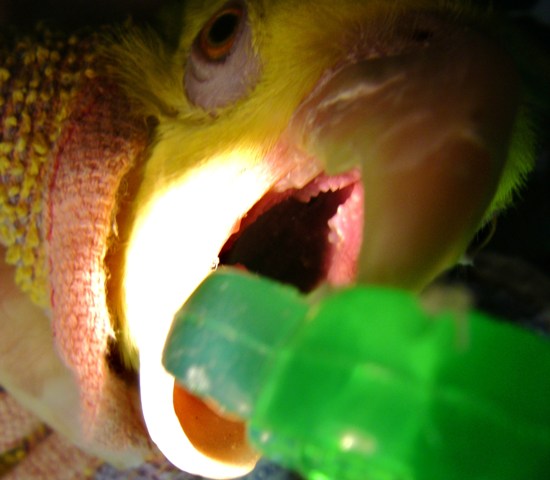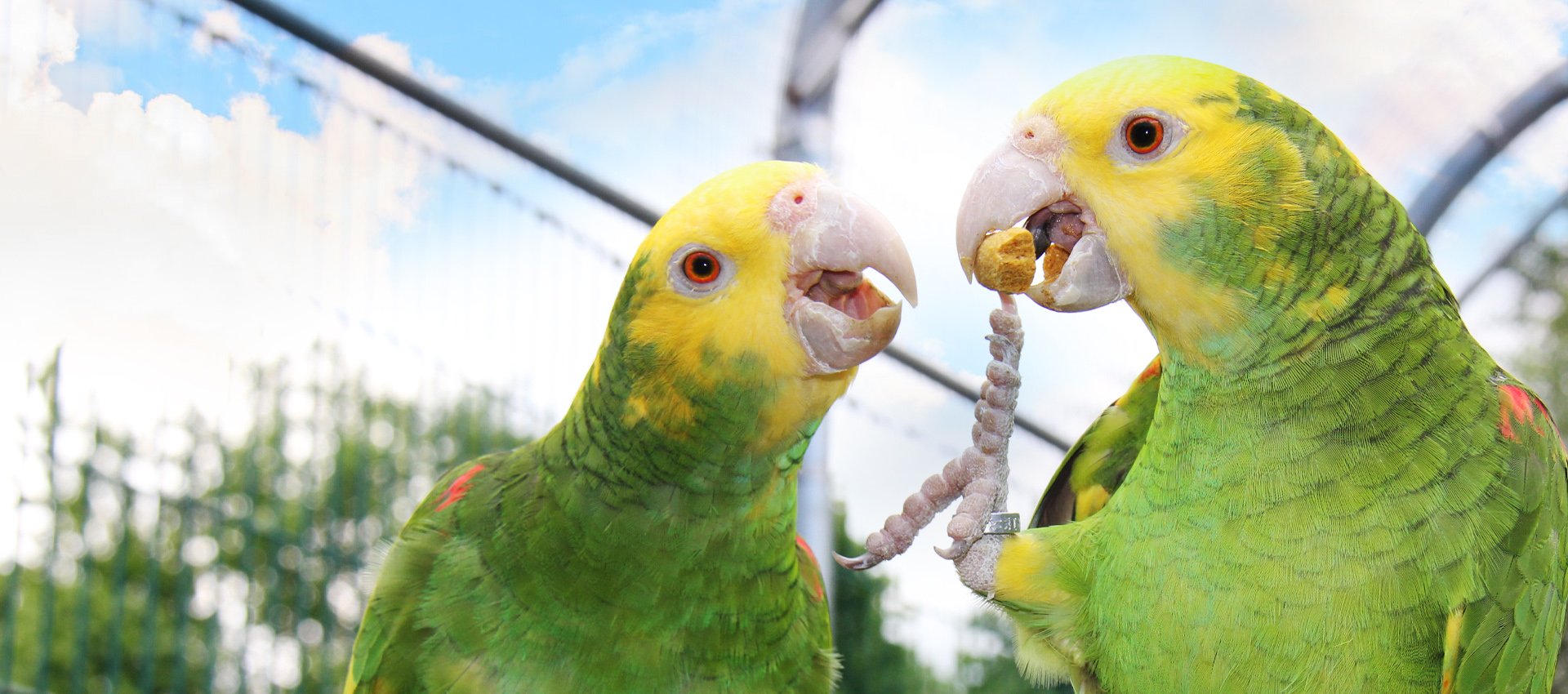Your cart is currently empty!

HARI Official Brand Site

The borders of the choanal slit are lined with sensory papillae.
When your avian veterinarian examines your bird, one of the first things he or she will inspect is the condition of your bird’s choanal papillae, as this is a fool proof indicator of the bird’s nutritional profile and health. HARI technicians routinely inspect each HARI bird’s choanal papillae. Health monitoring of the HARI flock is an ongoing concern to as part of the research studies in our Tropican products. The HARI flock serves as our quality control testing subjects for each batch of Tropican product produced. Is this something avian caretakers can do? YOU BET!
“The choanal slit is visible as a median “V”-shaped cleft in the palate. There is species variation in the width of the choanal borders. In pigeons and most raptors, the choana is slit-shaped. In the parrot the borders are more widely spaced, forming a distinct “V” shape. The borders of the choanal slit are lined with sensory papillae.” “Choanal papillae” as defined by Avian Medicine: Principles and Applications, Ritchie, B.W., Harrison, G.J. and Harrison, L.R., Winger Publishing, Inc. Lake Worth, Florida, USA, 1994, p. 344-

In laymen terms: Healthy-sharp, pointed projecting from the choanal borders are characteristic of a sufficient vitamin A assimilation.
On the contrary: The presence of “blunted” shorter, rounded or change in coloration (ex: from a normal black for certain species to a whitish blunted tip) or absence of these papillae altogether is indicative of a lack of vitamin A assimilation.
In our experience, at the HARI facility, chicks can be examined for these choanal papillae at a few weeks of age. Monitoring choanal papillae is part of every health exam performed on our breeding colony, juveniles and chicks.
Hypovitaminosis can reveal other health issues, require an evaluation of the diet offered and actually consumed… i.e caretakers are offering cafeteria style feeding and the healthy extruded granules are not eaten in sufficient amount to ensure optimum nutrient balance.
Individuals birds challenged with obesity, also in our experience, have a tendency to prevent optimum assimilation of vitamins such as Vitamin A. Monitoring these in your companion bird can be part of your active role as a responsible & proactive caretaker. We encourage you to ask your avian veterinarian to guide you in this routine inspection. And, if you can get a photo of your bird’s choanal papillae, we challenge you to post on our facebook page! Submissions should include species, age, and diet.

We take great care to adhere to strict quality and safety standards. Our top priority is your pet’s well-being, and we spare no effort to guarantee it.